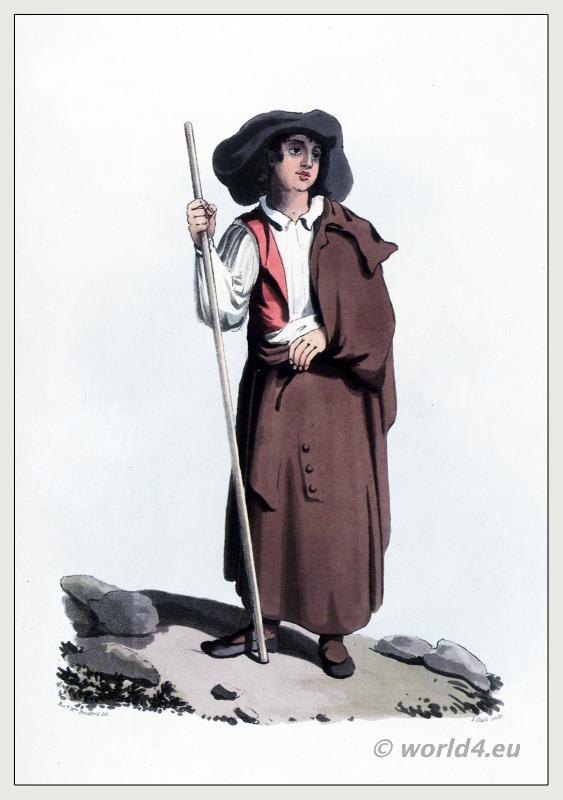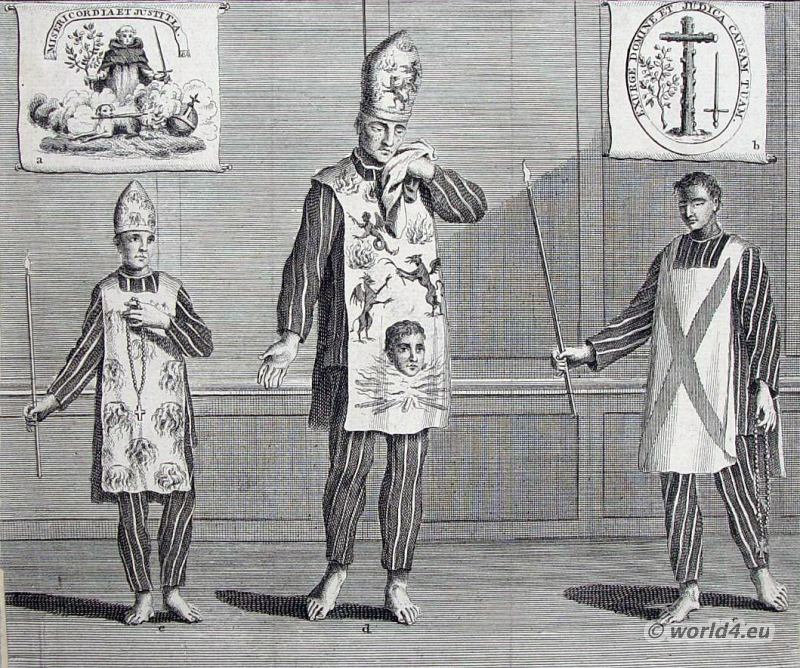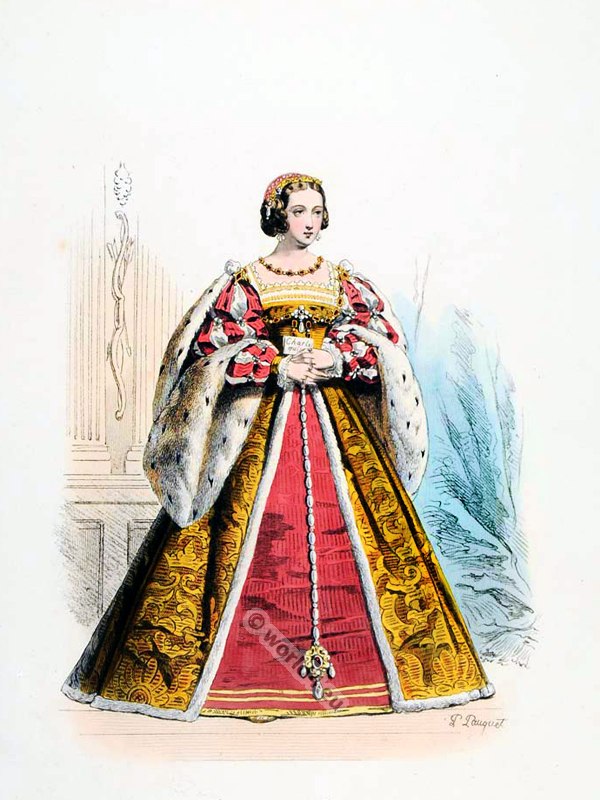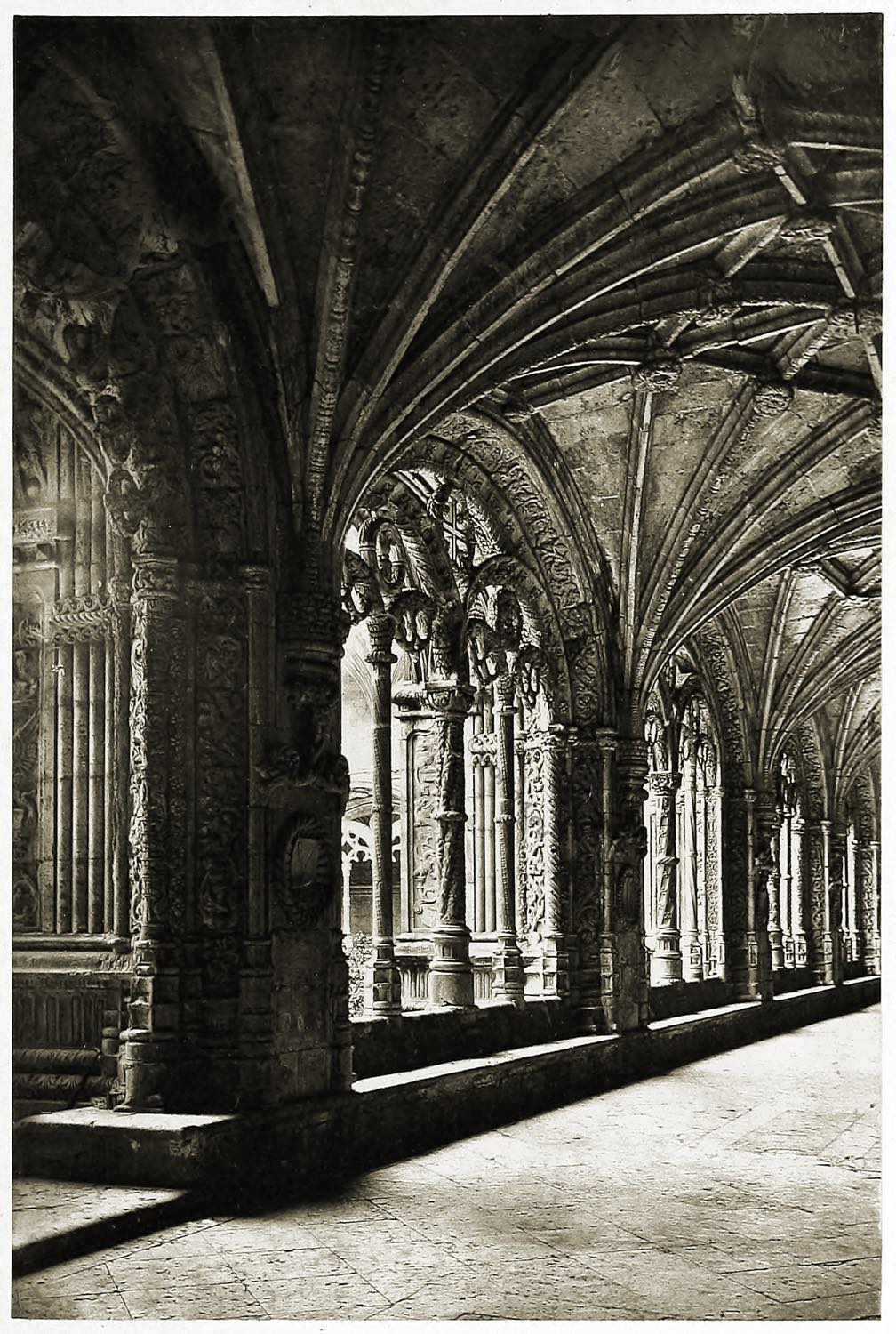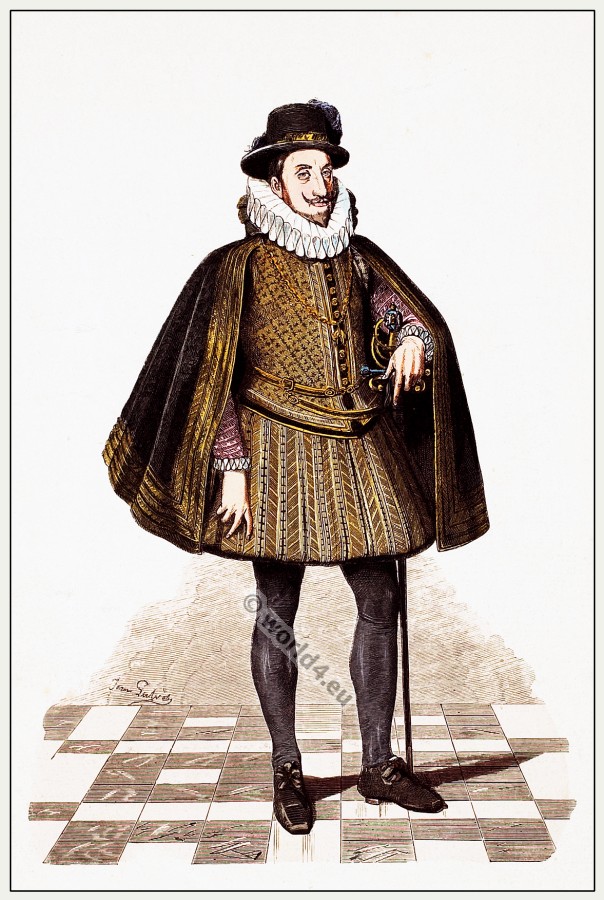Eleanor of Portugal, wife of Emperor Frederick III. and mother of Emperor Maximilian I, was born in Torres Vedras in Portugal, the fourth child of the Portuguese King Edward I and Queen Eleanor of Aragon. Her father however died relatively early, on September 9, 1438, of the plague.
Mid-November 1451 she left at about fifteen years old forever her home, and reached after nearly three months’ voyage Italy. There she met in Siena for the first time with the then 36-year-old Friedrich. In Rome, the couple were married on March 16, 1452 by Pope Nicholas V and three days later found the imperial coronation – the last in Rome – instead. Eleonore was with a crown of Barbaras of Cilli, the wife of Emperor Sigismund crowned.
Eleanor of Portugal (18 September 1434 – 3 September 1467). Empress of the Holy Roman Empire.
Frederick III. had Aeneas Silvio Piccolomini, Bishop of Siena, guide him through Italy to meet Eleanor, the daughter of the King of Portugal, whom he had obtained as his wife. The prelate received the princess on her arrival in Pisa, where she disembarked, and led her to her bridegroom in Siena. Their first meeting took place at one of the city gates and provided the subject for the painting by Pinturicchio *) from which I have taken the following costume and that of Frederick III.
The Princess of Portugal’s headdress consists of a purplish network decorated with gold fillets and held in place on the forehead by a gold circle. The blouse is made of a light veil decorated with small black and gold nets. The dress is red and gold brocaded, with a black velvet band around the chest. The sleeves are green with gold piping and white puffs. The coat is of gold brocade. She is holding a white embroidered handkerchief.
The young girl lifting the princess’s coat is wearing a small blue veil over her hair. The dress is red, revealing the shirt through openings in the shoulders. The band around the chest is yellow with a gold border; the belt is green.
*) Pinturicchio, actually Bernardino di Betto di Biagio (c. 1452-1513) was an Italian Renaissance painter. He was active in Rome, Perugia and the Umbrian towns of Spoleto, Spello, Orvieto and from 1502 in Siena. His graceful, colourful frescoes, richly ornamented, emphasise the decorative effect of painting. The epithet Pinturicchio (little painter) derives from his small height. He signed his works with this name.
Éléonore de Portugal (1434-1467). Impératrice du Saint-Empire romain germanique.
ÉLÉONORE DE PORTUGAL. Aliénor de Portugal.
FRÉDÉRIC III se fit précéder en Italie par Enée Silvio Piccolomini, évêque de Sienne, afin qu’il allât à la rencontre d’Éléonore, fille du roi de Portugal, qu’il avait obtenue pour épouse. Ce prélat ayant reçu la princesse à son arrivée à Pise, où elle debarqua, la conduisit à son époux à Sienne. Leur première entrevue eut lieu à l’une des portes de la ville, et a fourni le sujet du tableau du Pinturicchio auquel j’ai emprunté le costume suivant et celui de Frédéric III.
La princesse de Portugal porte pour coiffure un réseau violâtre orné de filets d’or et retenu sur le front par un cercle d’or. La chemisette est formée d’un voile léger orné de petits filets noirs et dores. La robe est rouge et brochée d’or, ornée d’une bande de velours noir autour de la poitrine. Les manches sont vertes avec des filets d’or et des bouffantes blanches. Le manteau est de brocart d’or. Elle tient un mouchoir blanc brodé.
La jeune fille qui relève le manteau de la princesse porte un petit voile bleu sur ses cheveux. La robe est rouge et laisse voir la chemise par des ouvertures aux épaules. La bande autour de la poitrine est jaune avec un liseré d’or; la ceinture est verte.
Source: Costumes historiques des XIIIe, XIVe et XVe siècles, extraits des monuments les plus authentiques de peinture et de sculpture, dessinés et gravés par Paul Mercuri, avec un texte historique et descriptif par Camille Bonnard. Auteur / Edit:. Bonnard, Camille. Lieu de publication: Paris Année: 1845. Editeur: Goupil et Vibert. 1ère édition francaise Paris: Treuttel et Würtz, 1829-1830.
Related
Discover more from World4 Costume Culture History
Subscribe to get the latest posts sent to your email.


